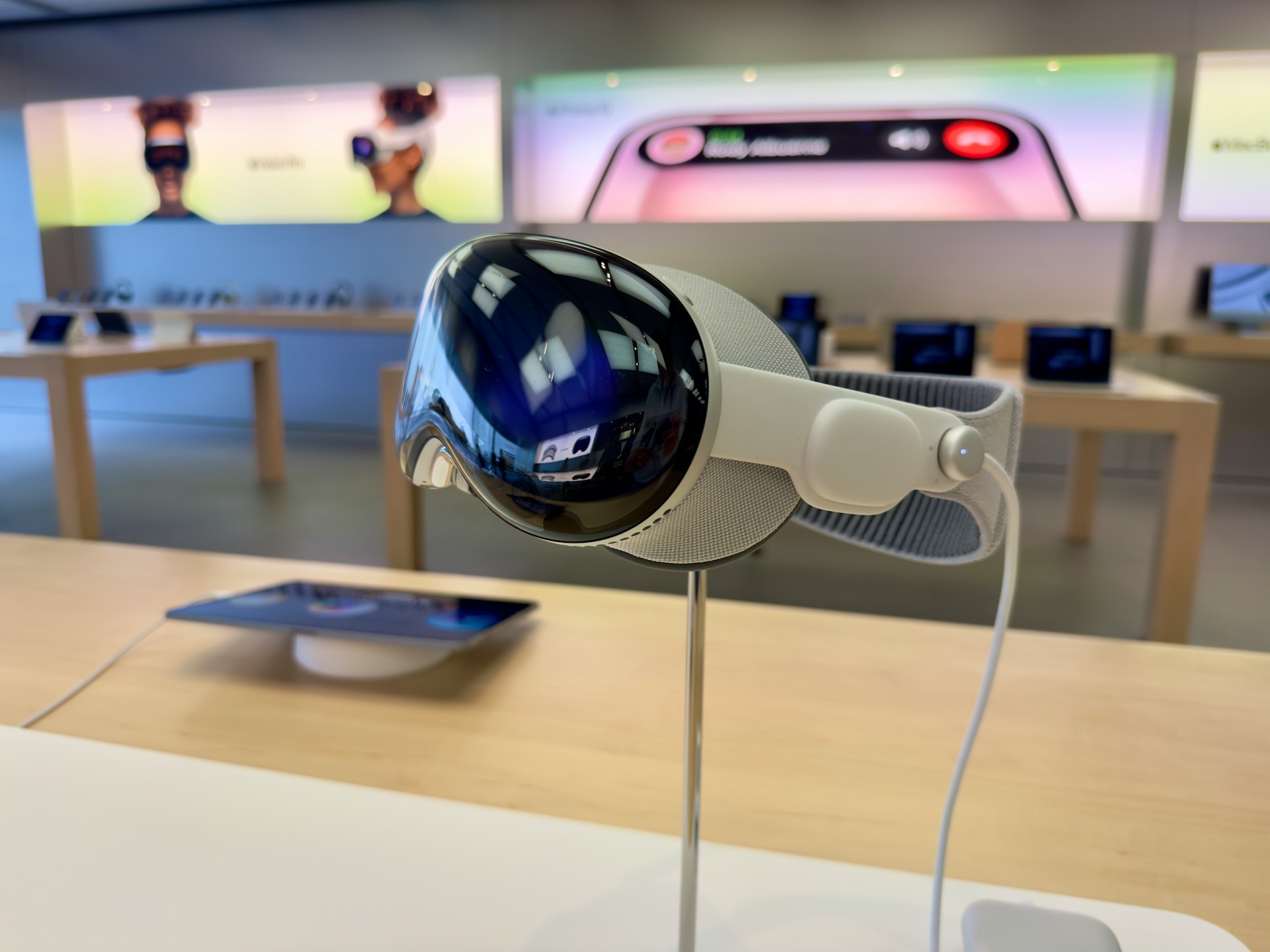Content navigation:
- Introduction
- What is Price Skimming Pricing Strategy?
- How Does the Price Skimming Strategy Work?
- When Should You Use a Price Skimming Pricing Strategy?
- The Benefits & Drawbacks of Price Skimming Pricing Strategy
- Combining Price Skimming with Other Pricing Strategies
If you rarely hear the term 'price skimming' it does not mean this pricing concept is somewhat unpopular among vendors and retailers. Rather, the opposite. The skimming strategy is one of the most widespread pricing tactics. Price skimming is commonly used for new or innovative products, where early adopters are likely to pay a high price.
In this article, we will delve into the skimming pricing definition, mechanics, and optimal application scenarios. Additionally, we will explore the benefits and drawbacks of this strategy and discuss how it can be combined with other pricing strategies to maximize profitability and market reach.
What is price skimming pricing strategy?
Price skimming is a pricing strategy where businesses set a high price for a new product or service and then gradually lower it over time. This method allows companies to maximize profits by targeting early adopters and customers ready to pay more so they can get the product or service as early as possible.
The high-end tech industry is probably the richest one for the price skimming examples. One classic example of a company continuously using price skimming for new product launches is Apple Inc. There is no better illustration of price skimming meaning than the recently announced almost $4,000 price for Apple's new Vision Pro. 
With the initial high prices for its products, Apple makes a rapid fortune every few weeks after the new generation of gadgets is released. In a while, the prices are lowered while all the early adopters have already bought the latest models.
Another example is the video game industry, where new games are often launched at a premium price for enthusiasts and then discounted over time to attract a broader audience.
Retailers also use price skimming extensively. Luxury and premium clothing brands, for instance, often launch new collections at high prices before eventually discounting them to reach a wider customer base.
How does the price skimming strategy work?
The marketing skimming strategy works by capitalizing on the willingness of early adopters to pay a premium for a new product or service. In other words, a high price is set to capture the maximum revenue possible from customers, who are typically less price-sensitive and value the product's novelty or exclusivity. This phase is crucial for recovering production and marketing costs as well as generating early profits.
As demand from the initial segments begins to weaken or saturate, the business gradually lowers the price to attract more price-sensitive customers, expanding the product's market reach. This step is vital for maintaining sales momentum and competitiveness in the market. The process continues with successive price reductions until the product reaches its long-term pricing level, balancing profitability with market penetration. The proper timing of each price decrease is crucial in terms of maximizing the benefits associated with the price skimming method.
Effective execution of price skimming in marketing requires a deep understanding of price skimming meaning, target segments, competitive dynamics, and pricing elasticity. Besides precise timing, it involves complex pre-release marketing skimming activities and public communication to convey product value.
When should you use a price skimming pricing strategy?
A price skimming strategy is the most effective when certain conditions are met. Among other these include:
- Value or Innovation. Your product or service should offer significant value or innovation compared to existing alternatives, justifying a higher price point.
- Price Insensitivity. The target market should exhibit a level of price insensitivity, focusing more on product features, quality, or status than on price.
- Limited Competition. The skim strategy is more effective when there is a low number of direct competitors or when the product's unique features create a noticeable competitive advantage.
- Timing. It's crucial to apply price skimming when demand is relatively inelastic, allowing for higher prices without significant loss of sales volume. The rapid reaction to demand curve changes is also essential for effective price skimming in marketing.
- Strategic Differentiation. Your product should have strong differentiators to stand out in the market and maintain pricing power.
- Marketing Skimming Acceptance. There should be a segment of early adopters or high-value customers willing to pay a premium for the novelty or exclusivity they get with the product.
In short, if your product has strong differentiators, the consumer base is rather not price-sensitive, and you have limited competitive threats, then a skimming pricing strategy is definitely worth a try.
The benefits & drawbacks of price skimming pricing strategy
Let's start with the benefits typically associated with price skimming policy. Firstly, a market skimming price allows you to maximize profits by capturing the highest possible price from early adopters and non-price-sensitive customers. This initial high price can help you recover the product research cost, development, production, and marketing costs quickly and contribute to higher overall profitability.
Secondly, setting a market skimming price can create or enhance a perception of exclusivity and premium quality around your product. Customers who are willing to pay the initial high price may perceive the product as being of higher value or superior quality compared to competitors. This is how a market skimming strategy can help establish a strong brand image and customer loyalty over time: just look at Apple.
However, you should also be aware of the drawbacks when using marketing skimming pricing. One of the main downsides is the risk of alienating price-sensitive customers. By initially setting a high price, you may deter a significant portion of the market from purchasing the product even after the price gets low. This means a risk of undermined market penetration and a slow if any adoption rate.
Another drawback of a market skimming strategy is the potential for your competitors to undercut prices once the initial skimming phase is over. As the price of the product decreases over time, market rivals may introduce similar products at lower prices, eroding the market share and profitability of the original product.
Combining price skimming policy with other pricing strategies
Here is a fact: if you are a retailer, you can hardly ignore other pricing strategies and use a price skimming method alone. In contrast, combining marketing skimming pricing with other strategies can be a powerful way to optimize revenue and market share.
The key is data-driven product bucketing, which involves categorizing SKUs into groups based on their characteristics, customer demand, and competitive landscape. Each product group is then assigned a specific pricing strategy, such as price skimming for new or innovative products, penetration pricing for traffic-generator products, and promotional pricing for seasonal or clearance items.
Managing a mix of pricing strategies effectively is challenging without advanced pricing solutions. AI-powered solutions, like Competera pricing platform, can analyze sales history, market trends, competitor pricing, and dozens of other factors to identify the product type and continuously sustain optimal price points for each SKU. Put differently, in modern retail, it is not enough to know the skimming pricing definition or its implications but if you want to implement it effectively, you need the proper tools.






